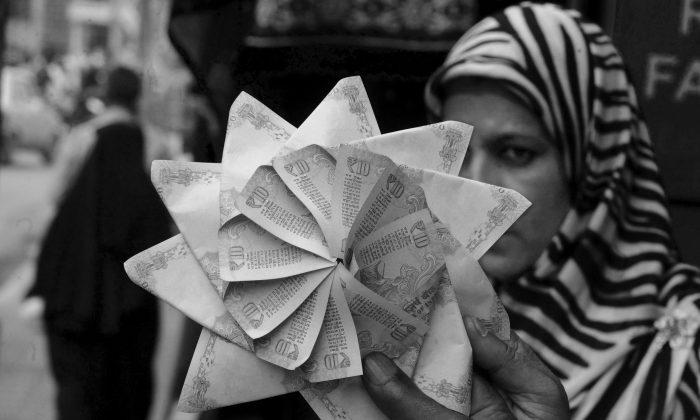The Indian rupee significantly weakened since the end of July. India thinks developed nations’ monetary policies are responsible, especially U.S. quantitative easing (QE). This is partially true, but India also benefits.
India’s Prime Minister Manmohan Singh addressed this point at last week’s St. Petersburg G-20 meeting, where the 20 largest economies in the world discuss current issues. “The policy of unconventional monetary expansion [QE policy] in advanced countries had some success but it also had spillover effects,” he said in a speech.
According to some economists, Singh is correct as monetary intervention by a single central bank will affect the global market.
QE and zero interest rates gave investors the opportunity to borrow cheap and invest outside the United States, including India. Capital flows to India has increased significantly during the years of U.S. QE policy, which started in 2009. As a consequence, the dollar went down and the rupee up.
When the U.S. Central Bank talked of a possible slowing of its QE policy, investors began to worry. Funds returned to the United States, pushing the dollar up and the rupee down.
July 30 marked the beginning of the devaluation of the rupee (INR). The July 29 rate was 59.36 INR per dollar, changing to 60.49 INR the next day. On September 9, the exchange rate had moved to 65.25 INR per dollar, a loss of 10 percent.
QE’s Unintended Consequences
The devaluation of the INR, as a result of U.S. dollars returning home, could have been expected. Economists and other experts warned emerging markets, including India, that QE generated money would result in upward or downward pressure on exchange rates and could lead to inflation.
Money borrowed on the cheap usually moves quickly. Investors are chasing quick returns and have little tolerance for risk. They move out as soon as they see trouble.
At first, the money pumped into the market by central banks provided greater liquidity than needed in the United States, which then flowed into emerging markets, including India. As soon as a possible change to the QE policy was mentioned, the capital flow into countries such as India reversed and the Indian rupee collapsed.
As a consequence, India’s Prime Minister blamed industrialized nations, including America, for India’s currency volatility, but his country didn’t see the coming trouble.
“Singh’s comments are self-serving. … India did not watch itself carefully. Singh can’t claim these were not gathering storm clouds hidden from his view,” said Pramit Pal Chaudhuri in a September article published by the Rhodium Group.
India’s Exporters Benefit
Finger pointing is not going to resolve India’s dilemma, nor will it address the country’s currency devaluation.
Nobody likes volatility, but there are benefits to having a low rupee. For example, India’s exporters, especially those in the Information Technology (IT) sector with its large overseas market, will get more orders at cheaper prices.
On the flip side, India imports a lot of raw materials. Therefore, it will have to pay more for what it purchases overseas, especially petroleum products.
On balance, India is still exporting more to the United States than it imports. Between January and July, the trade surplus was $12.3 billion. Going back to 1985, there was no single year when India didn’t run a trade surplus.
Attributing Blame Not Warranted
Despite the record amount of monetary intervention from the Federal Reserve, many observers believe attributing blame is not a good solution.
“Putting the blame … on the central bank and the current monetary policy stance is not correct. Markets trade on differences of opinion about the future. Some will be right and some will be wrong and these will generate volatility in ex-post returns,” states an article by the Economist’s View.




